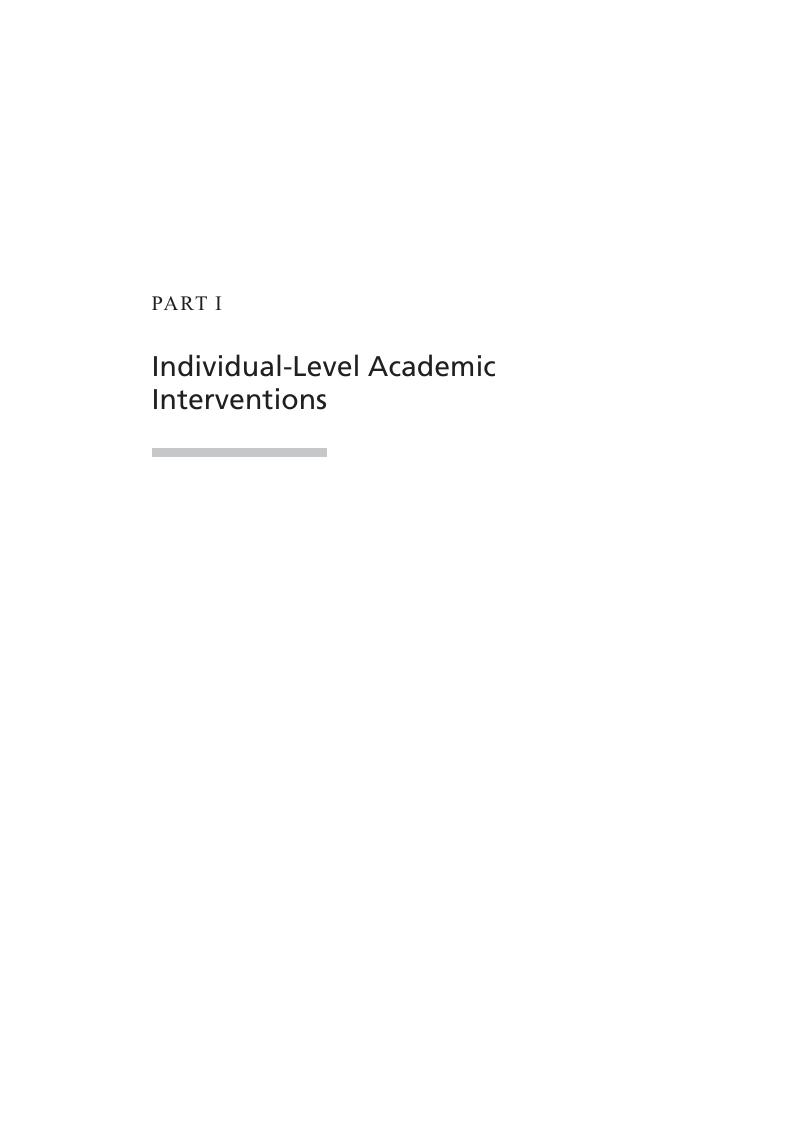Published online by Cambridge University Press: 18 September 2020

This article describes how classwide bonus rewards were applied in a special education classroom for middle school students with emotional/behavioral problems. In this study they increased in class math, spelling, and language arts performance.
This article describes how classwide bonus rewards were applied in a general education 1st grade classroom to increase percentage correct in class math assignments.
This article describes how classwide bonus rewards were used to enhance math homework performance in four 4th-grade classrooms.
This article describes how classwide bonus rewards were applied in an 8th grade class to enhance homework assignment performance. The class included 17 students, with 10 students receiving special education services.
To save this book to your Kindle, first ensure [email protected] is added to your Approved Personal Document E-mail List under your Personal Document Settings on the Manage Your Content and Devices page of your Amazon account. Then enter the ‘name’ part of your Kindle email address below. Find out more about saving to your Kindle.
Note you can select to save to either the @free.kindle.com or @kindle.com variations. ‘@free.kindle.com’ emails are free but can only be saved to your device when it is connected to wi-fi. ‘@kindle.com’ emails can be delivered even when you are not connected to wi-fi, but note that service fees apply.
Find out more about the Kindle Personal Document Service.
To save content items to your account, please confirm that you agree to abide by our usage policies. If this is the first time you use this feature, you will be asked to authorise Cambridge Core to connect with your account. Find out more about saving content to Dropbox.
To save content items to your account, please confirm that you agree to abide by our usage policies. If this is the first time you use this feature, you will be asked to authorise Cambridge Core to connect with your account. Find out more about saving content to Google Drive.